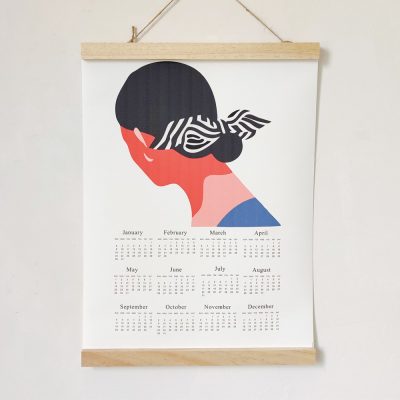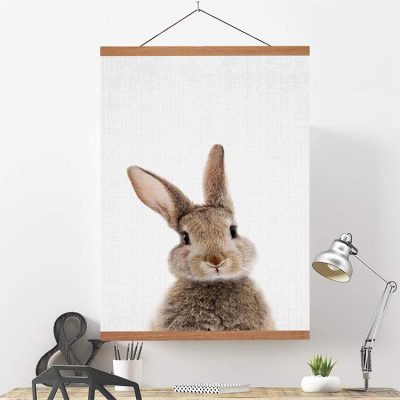Most of our current packaging and decoration prints use coated whiteboard, wood pulp liner whiteboard, ordinary boxboard, wood pulp linerboard, kraft paper and white cardboard. Due to the differences in the production process of different paper mills, the surface whiteness and smoothness of the paper are significantly different. Therefore, at the moment of imprinting by the printing machine, the low-molecular part of the ink binder with high fluidity is pressed into the larger pores of the paper, and the binder begins to separate from the ink. If the pigment content of the ink is high, a large number of small capillaries can be formed in the ink film. The ability of these large numbers of small capillaries to retain the binder is much greater than the ability of the fiber gaps on the surface of the paper to absorb the binder. If the pigment content is low, the ink will adhere to the surface of the paper, causing most of the connecting material to enter the gaps of the paper, causing the ink film on the substrate to be thin and the pigment particles to be exposed, resulting in the final color not bright.
When printing desk calendars, if you use some paper that is not very good, the printing effect will not be good, and the quality of the finished product will not be high, so everyone must distinguish carefully, the process is different, the price is different, and the printing effect is also different, so We have to buy better paper and avoid some bad paper, because the price affects the quality of our desk calendar.














